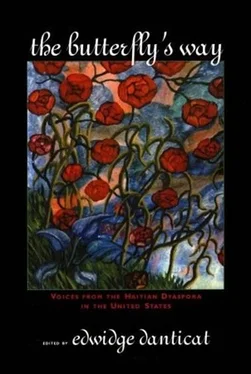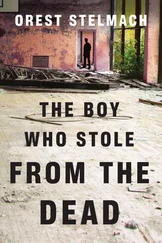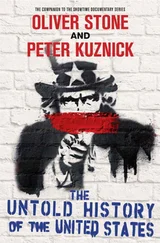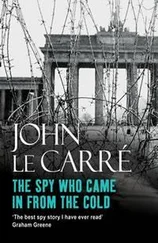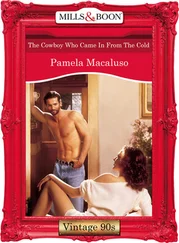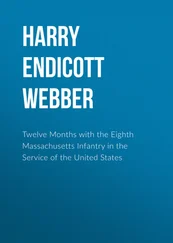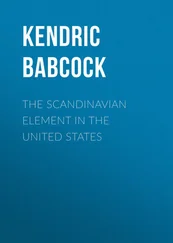Joanne Hyppolite was born in Haiti. Her family settled in the United States when she was four years old and she grew up in Boston. She has published two popular children's books, Seth and Samona (De-lacorte Press, 1995), which won the Marguerite DeAngell Prize for New Children's Fiction and Ola Shakes It Up (Delacorte, 1998). Her fiction addresses the Haitian-American experience.
Dany Laferriere was born in Haiti, where he practiced journalism under Duvalier. He went into exile in Canada in 1978; soon after, he began working on his first novel How to Make Love to a Negro, which became an instant bestseller in both the original French and in English and was made into a feature film. He now divides his time between Montreal and Miami.
Marie-Helene Laforest currently makes her home in Italy, where she teaches postcolonial literatures at the Instituto Universitario Orientale, Naples.
Francie Latour is a journalist, currently working at The Boston Globe.
Danielle Legros Georges is a writer living in Boston. Her work has been anthologized in The Beacon Best of 1999.
Miriam Neptune, age twenty-three, was born in the United States and raised in Los Angeles. She has taken an active interest in Haiti/ U.S. relations since the start of the 1991 coup, and hopes to produce documentary work on this subject. She is now a graduate student in New York University's Media and Culture program.
Nikol Payen received her B.A. in journalism from SUNY New Paltz and her MFA in creative nonfiction from Sarah Lawrence College. She was an assistant editor at Essence Magazine, where her writing has been featured. Other publications where her work has appeared include The Daily News Caribbeat, The Crab Orchard Review, Third World Viewpoint, New World, and a host of newsletters. Currently she is a professor of public speaking at Kingsborough Community College and is working on her forthcoming book, Something in the Water.
Marilene Phipps is a painter and poet. Author of Crossroads and Unholy Water, a collection of poetry published by Southern Illinois University Press, she is the winner of The Crab Orchard Review Poetry Prize and the Grolier Poetry Prize. She has won fellowships from the Guggenheim Foundation, Harvard's Bunting Institute, and the Harvard Center for the Study of World Religions. Her paintings have been exhibited in gallery and museum shows in Haiti, the United States, and throughout the world.
Garry Pierre-Pierre is the publisher and founder of The Haitian Times. He has worked as a reporter for The New York Times and The Sun Sentinel.
Marie Nadine Pierre is currently living in Miami, Florida. She is a doctoral candidate in the Comparative Sociology Department at Florida International University. Her dissertation will examine issues of body, foods, and dress for Haitian women in the Miami area.
Assotto Saint, (ne Yves Lubin) was born in Haiti in 1957. He moved to New York in 1970 and was a performer with the Martha Graham Dance Company for many years. His nom de guerre, Assotto Saint, is derived from the combination of the name of a Vodou drum and that of Haitian Independence leader Toussaint Louverture, one of his heroes. An AIDS activist, he died in 1994, when he was thirty-seven years old.
Barbara Sanon is a Haitian-American filmmaker living in New York City.
Patrick Sylvain was born in Port-au-Prince Haiti and immigrated to the United States in 1981. He works as a bilingual education teacher in Massachusetts. His work has appeared in several literary magazines, including Callaloo , The Caribbean Writer, Compost, Agni, and Ploughshares as well as in the anthology The Beacon Best of 1999. He is the author of several books of poetry in Haitian Kreyol , including Mazakwa , Zanzet, and Twoket Lavi.
Marie Ketsia Theodore-Pharel, born in Haiti, currently lives in Jupiter, Florida, with her infant daughter and husband and teaches at West Palm Beach Community College. I'll Fly Away, her first picture book, was published in 1999 by Educavision Publishing Company. Her short stories have been published in magazines. "The Mango Tree" appeared in Compost magazine in 1994; "Soup Joumou: Diary of a Mad Woman," in 1996; and "Light Chocolate Child," in African Homefront in 1995.
Michel-Rolph Trouillot is the author of Peasants and Capital: Dominion in the World Economy and Haiti, State Against Nation: The Origins and Legacy of Duvalierism. "Looking for Columbus" is the epilogue from his book Silencing the Past: Power and the Production of History, published by Beacon Press in 1996.
Gina Ulysse was born in Haiti in 1966. When she was twelve, her family migrated to the East Coast of the United States. In 1991, she earned a B.A. in English and Anthropology at Upsala College in New Jersey. She received her Ph.D. in Anthropology from the University of Michigan in 1999. She is currently assistant professor of African-American Studies at Bates College in Lewiston, Maine, as well as a committed social activist and spoken-word artist.
Katia Ulysse lives in Washington, D.C. "Mashe Petyon" is part of a book manuscript inspired by her collection of Haitian art.
Babette Wainwright is a licensed psychotherapist and a painter. She has lived in Madison, Wisconsin, since 1985.
Aba OuvalierDown with Duvalier!
akramalanga fritter (malanga: edible root)
andeyo /peyi andeyothe Haitian provinces, the countryside, home of the Haitian peasantry
bal dance party
bannann pezesliced and pressed fried plantains
blan white person, but also used to refer to foreigners in general
bonnanj soul, basic life source
Bouki /Malisopposite characters in Haitian folktales-(Bouki the fool and Malis the shrewd)
Bwa chechdry wood, also used as a reply in riddles to the interjection (Tim, tim!)
boulet meatballs
diri kolerice and beans cooked together
djondjon black mushrooms primarily used in a rice dish
dous sweet confection, often with the consistency of fudge
egare lost, dumb, confused
granme grandmother
griyo fried pork
gwayabel light embroidered shirt worn primarily by men
kremas a sweet coconut and milk-based liqueur
kenep Spanish limes
ki jan ou ye?how are you?
kivet washbasin
kolon colonist
konpe friend, pal, also godfather of someone's child
konpa variety of modern popular dance music
kouzen cousin
I ap mode ouIt will bite you
lavil the city, downtown
leve moraising the dead
lougawou woman who is human by day and vampire by night
lwa spirit of the Vodou religion
madansara tradeswoman, vendor, merchant
manman mother
mapou large tree with magic powers according to popular belief
marenn godmother.
marasa twins, also Vodou spirit
matant aunt
matinet a whip constructed with a piece of wood at the end of which are attached thin leather strips
Читать дальше
